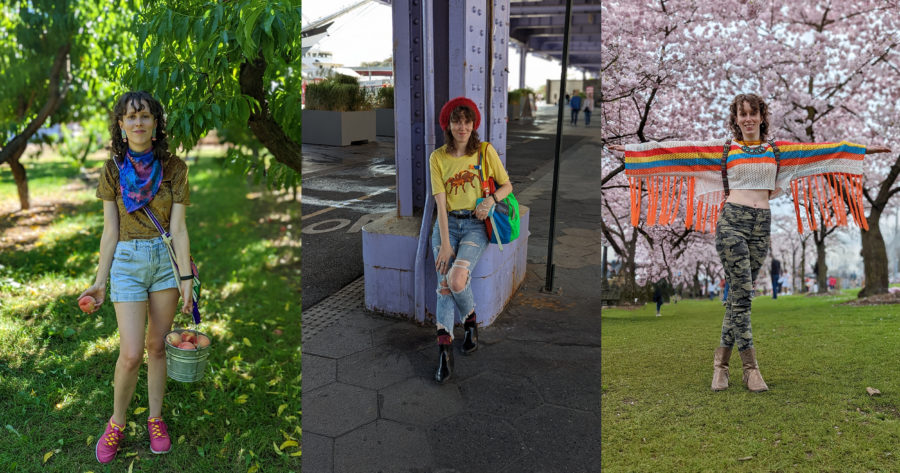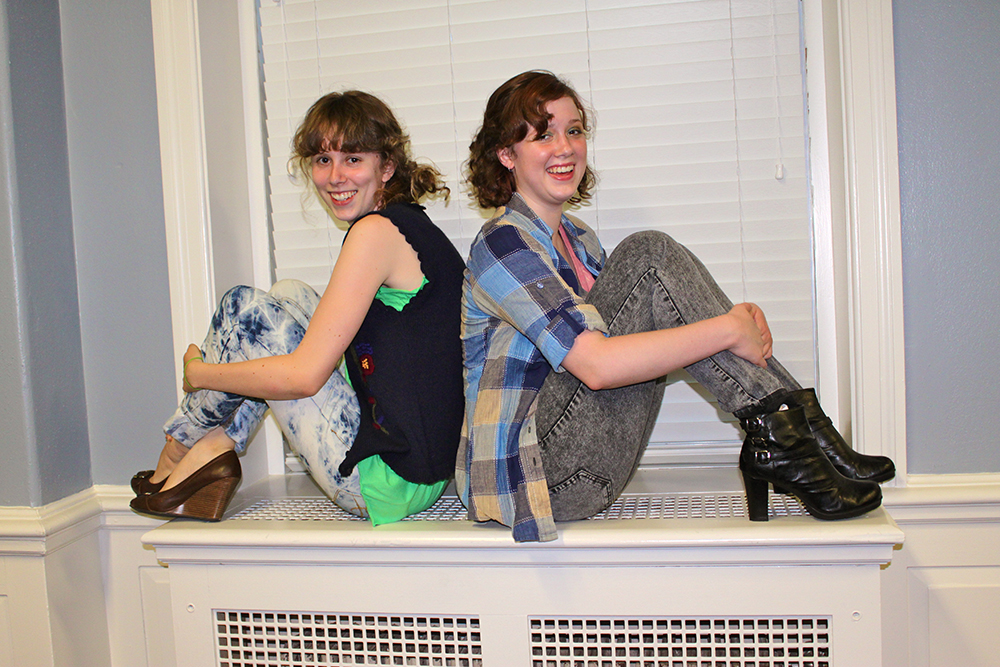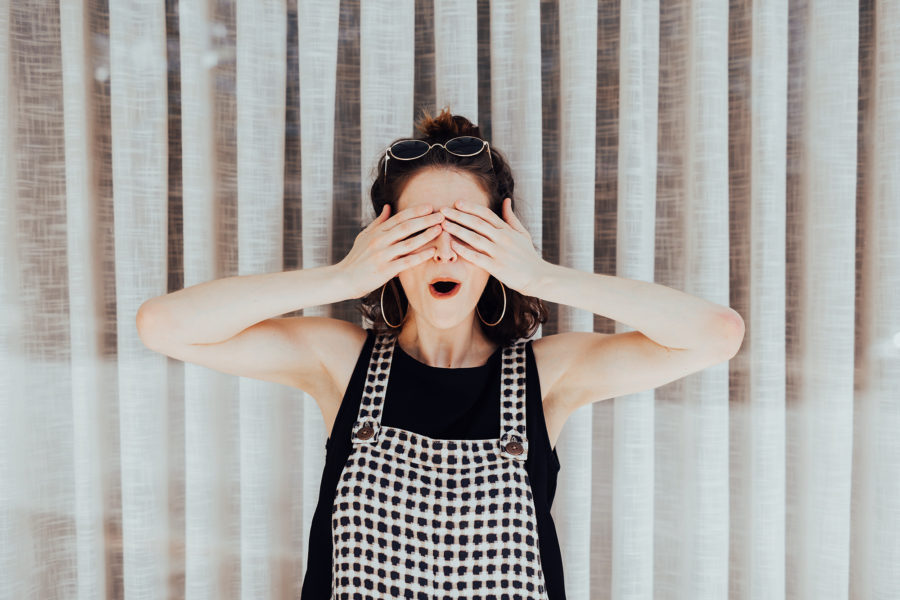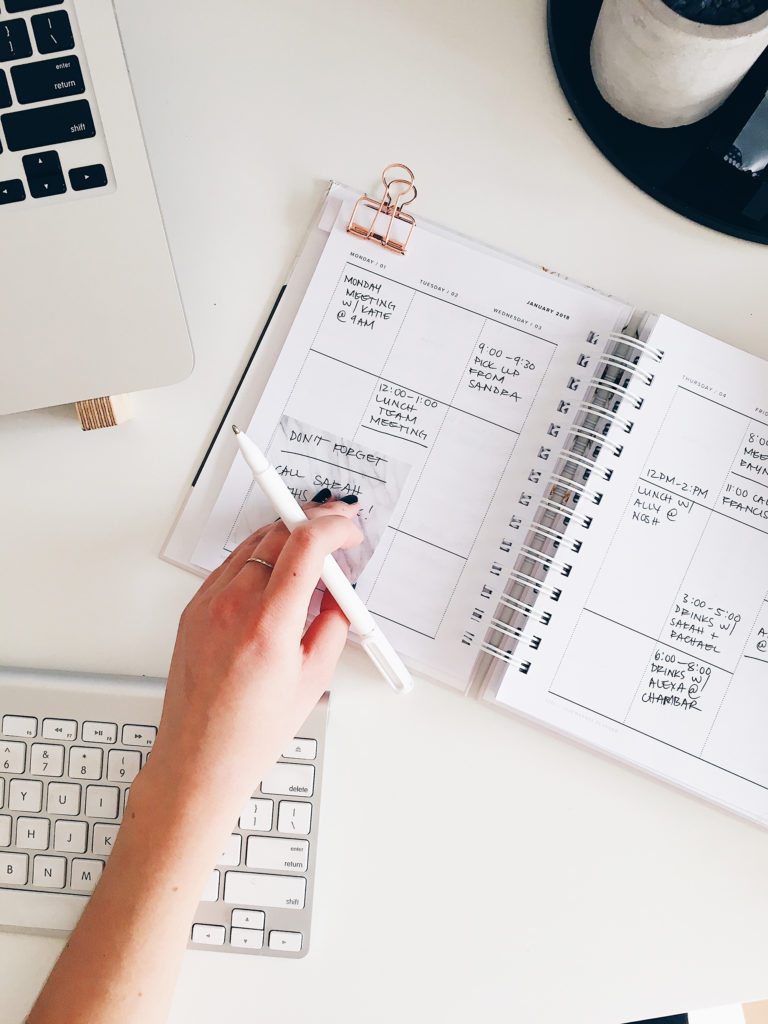In 2022, I began the arduous process of changing careers. Why? Because I was burnt out. The field I was working in (Graphic Design) ended up being highly competitive and ultimately not my true skill set.
For years, I had been working so incredibly hard just to find a shred of work, that I lost almost all my desire to work on personal creative projects in my freetime. I hope someday I’ll enjoy photography and illustration again… but for the moment, I’ll let those interests take a breather.
Recently, I discovered my burn out goes even deeper than “traditional” burn out. I’m also dealing with neurodivergent burnout.
Though, I find my neurodivergent burnout interacting with both my Autism + ADHD, I’m going to primarily talk about Autistic burnout today since there is more information available about it.
What does Autistic burnout look like for me?
- I’m SO tired all the time… even though I get a solid 8 hours of sleep most days.
- My anxiety is a constant companion and sometimes I don’t even know why I’m anxious.
- It’s difficult for me to complete even the simplest task because it takes steps to complete, and those steps require too much brain power when my brain feels fried.
- The wall in my mind is even more solid than normal and it is especially difficult for me to access information. So I find myself stumbling over my words more frequently.
- I have a much lower tolerance for socializing. My partner now assumes that I will be too socially exhausted to play videogames with our friends on the weekend. Virtual socializing has always been especially taxing for me because it’s extra challenging to read social cues over just video or audio.
- I’m experiencing an increase in selective mutism. I normally experience some selective mutism when I first wake up in the morning or when I don’t know how to navigate a social situation. Since regular burnout often results in a shorter temper, my selective mutism is activated more frequently.
- I’m so overwhelmed that it’s extra hard for me to remember what I need to remember. I find myself making sloppy mistakes as a result.
- Oh my goodness, I’ve never been so clumsy in my life! I think I’ve burned myself on the stove more times in the last few months than I have in my entire life.
I’ve been researching and researching what to do to help both of the types of burnout I’m experiencing. But being the self-aware superstar that I am, I’ve already been doing most of the recommended treatments.
You’d think this would make me feel good. But I’m left with the question, “Well, what do I do now”? The burnout is still here, alive and well.
Here are a few things I’m trying:
- I’m socializing exclusively with friends and family who encourage me and who I can be less masked around.
- I’m seeking comforting activities that give a more immediate reward like: watching old tv shows / movies, taking a bath, playing (relaxing) video games.
- I’m seeking mental health support.
- I’m temporarily reducing social activities and other more stressful tasks from my to-do list.
- I’m taking more frequent breaks during the day.
- I’m exercising more! Gotta get those happy brain juices flowing.
- I’m taking a shower before bed to relax better.
- I’m sleeping with a fan, use noise canceling headphones, wear loop ear plugs, and wear sunglasses more often to eliminate sensory issues.
- I’m building tools to address and prevent future burnout. Problem solving always helps my brain feel better!
The best advice though? Know your personal symptoms of burnout and take preventative measures… before you actually get burnt out.
I now work as a Copywriter where my natural talents are being put to use. I realized the importance of pursuing a career that uses your innate strengths versus a career you are simply passionate about. I know I made the right choice because now my work excites me, completing my work is easy, and I leave work to happily write in my personal time.








